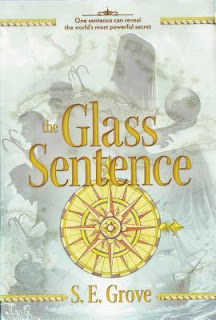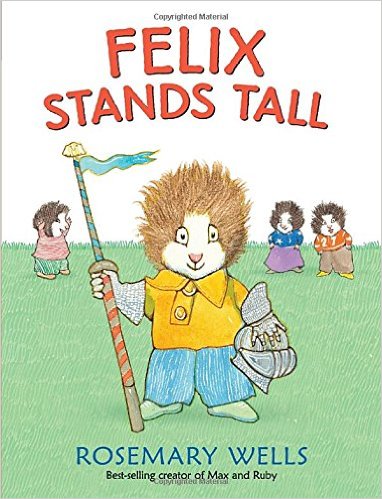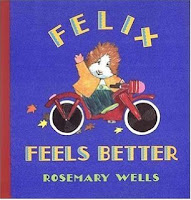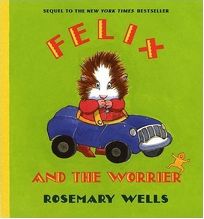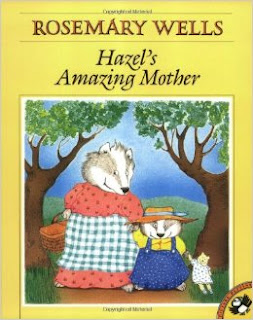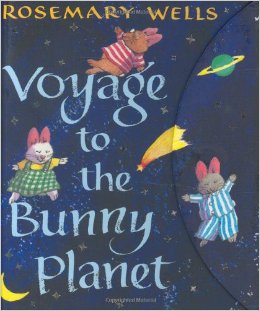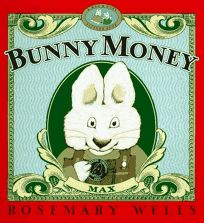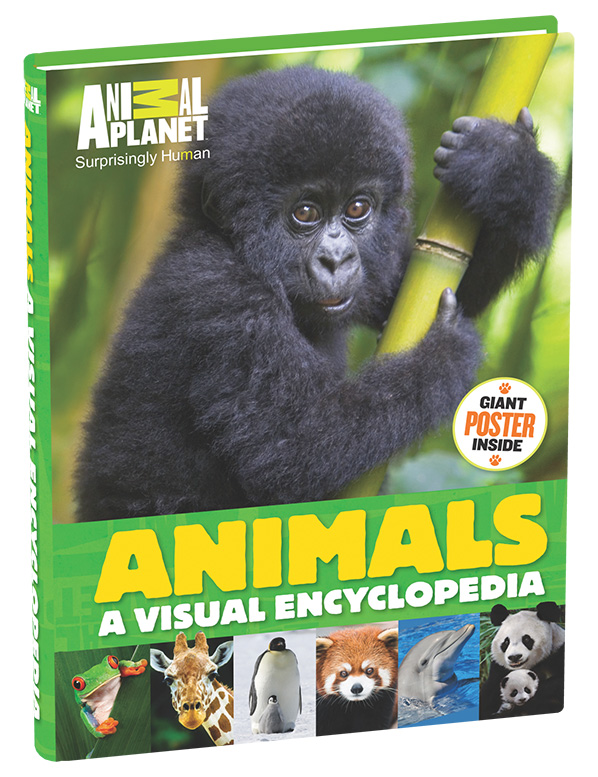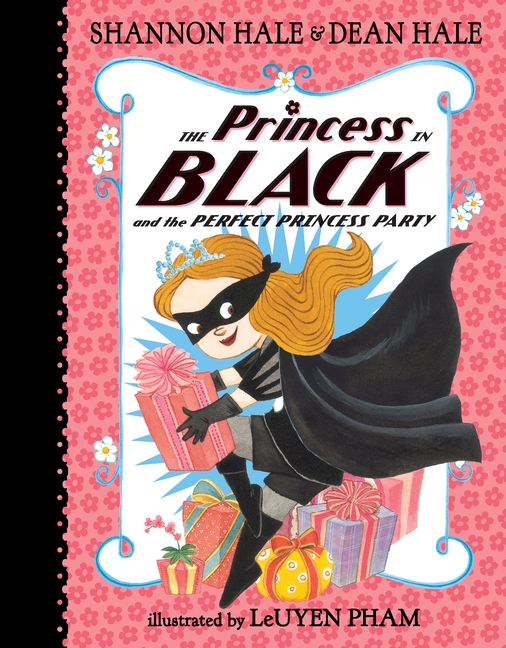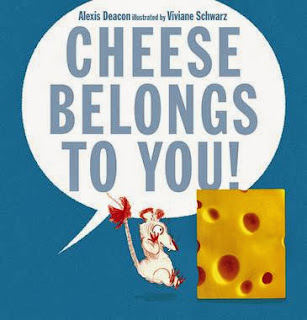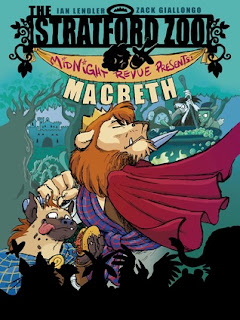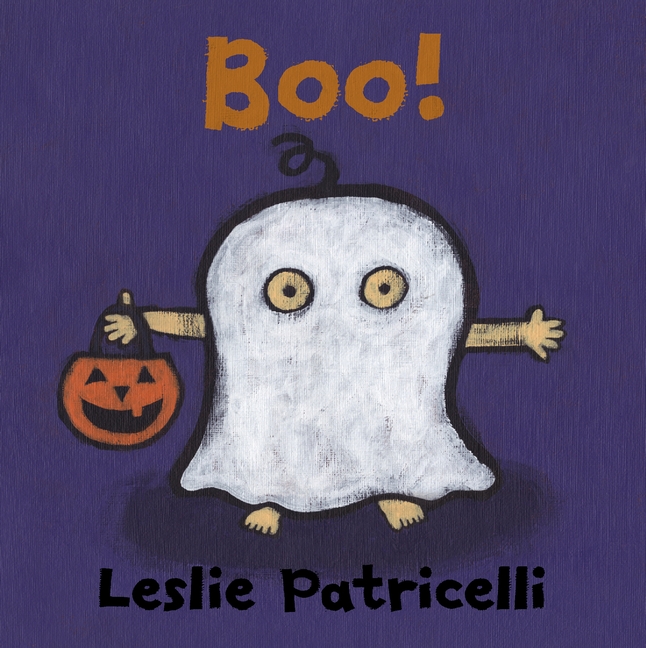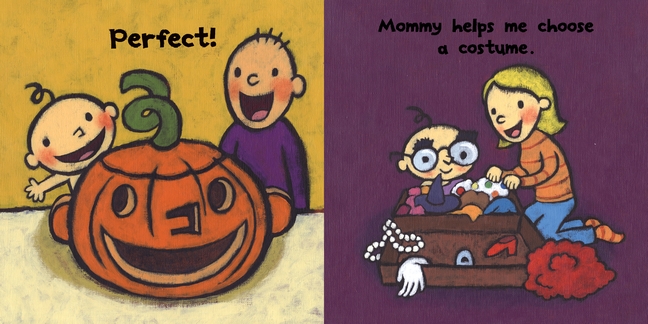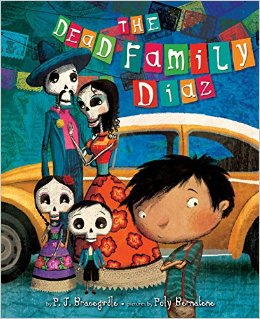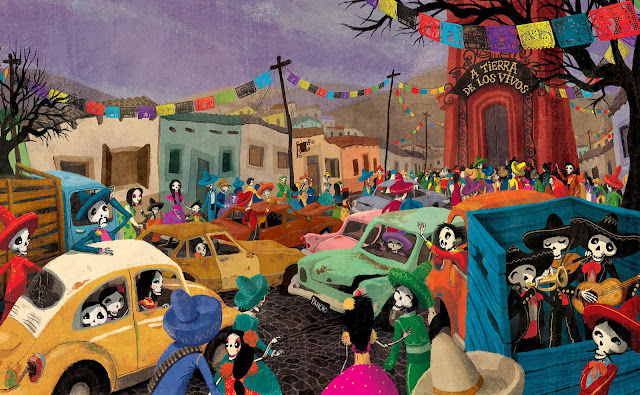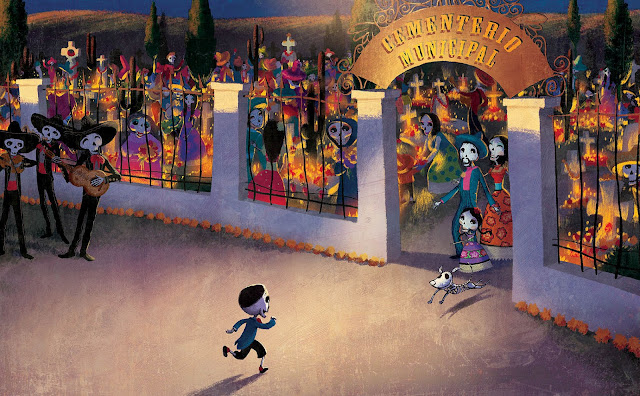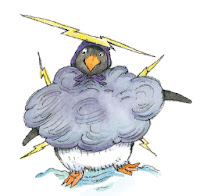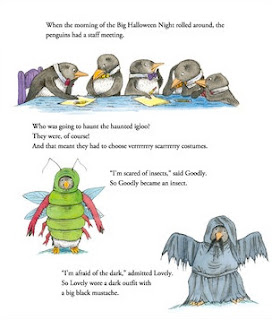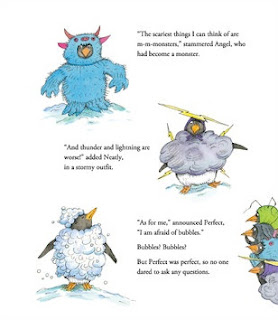The Glass Sentence by S. E. Grove is an ambitious, original novel that draws comparisons to the standard bearer of high fantasy for children's literature, Philip Pullman's His Dark Materials trilogy which begins with The Golden Compass. In fact, Megan Whalen Turner, author of the superb quartet which starts with The Thief says that not since The Golden Compass has she seen such "an original and compelling world built inside a book." And, while the compliments and comparisons are warranted, I share the "quivery receptivity" and tentative enthusiasm that Gregory Maguire expressed for this book in his review of The Glass Sentence in the New York Times on June 13, 2014. Grove brings many truly amazing concepts and creations to the table, but sometimes what she does and where she goes with them don't quite do reckon with or live up to the promising world she builds and the potentially compelling plot she sets in motion. Regardless, I am hooked. I can't get this world and these characters out of my head and eagerly await the third and final book in this trilogy.
Grove, who says she is an "historian and dedicated traveler," was raised in the United States and Central America, her parents being from both places. One of the most exciting things about The Glass Sentence is that it is set in America and South America, where most high fantasy is set in England and Europe. The Glass Sentence begins with a prologue, a first person account of the "Great Disruption" that occurred some 90 years earlier on July 16, 1799. Writing to her grandson, Shadrack, Bostonian Elizabeth Elli describes the moment of the break in time that left her suspended over the river her young self was about to jump into. In that moment of suspension, she saw the natural world around her pass through a full year of seasons. Only later did she, and the rest of Boston and eventually the world, discover what happened. The Great Disruption, as Maguire aptly and precisely says, "shattered the normal progress of time and arrangement of nations and eras." The North Atlantic region, now called "New Occident," seems to be on the proper timeline, although Florida is called "Seminole" and the states west of Georgia are "New Akan." The rest of the country, now reverted to unsettled territory, is known as the Badlands or Indian Territory. And New Occident runs on a twenty hour day.
When the novel begins, we get a rich glimpse of the new political system that has evolved since the world has been tipped into chaos. Young Sophia Tims sits in the sweltering heat of the Boston State House where "the eighty-eight men and two women rich enough to procure their positions" make up the parliament, which is voting to decide on the closing of the borders of New Occident. In 1832, seeking a less corrupt and violent government, it was decided that both seats in the parliament and the opportunity to speak before the parliament would become occasions that must be bought. Thanks to a benefactor, Sophia's uncle, Shadrack Elli, has paid for four minutes and thirteen seconds during which he speaks for keeping the borders open. Elli is the country's greatest cartologer and cartology, (mapmaking is no longer two dimensional) after the Great Disruption, is now a bit like Lyra's reading of the Golden Compass. It involves memories and emotions that are woven into the map itself, and maps can be made of any kind of materials. Truly reading a map is now a bit like having an out-of-body experience and seeing the world through another's eyes. Sophia is learning these skills from her uncle, who understandably does not want communications cut off from this strange new world. Also, both Shadrack and Sophia want the borders open when her parents, who disappeared eight years earlier while on an expedition to help a fellow explorer, might return.
Shortly after the vote to close the borders, Shadrack is kidnapped, his study and map collection ransacked. Sophia finds a hidden map meant for her and, joining forces with Theo, a Badlands boy who ran away from a traveling circus, the two try to make their way to the one person who can help them find Shadrack. By train, boat and wagon, the two travel to the Port of Veracruz then on to Nochtland. A lively band of pirates, captained by Calixta, who I really wanted to see more of, aid the children. A kindly trader named Mazapán who once made his living making marzipan creations for the royals, where everything on the table, from the cloth to the plates to the floral decorations, was made of sugar, also helps Sophia when Theo disappears. There is also the Lachrima, which is a creature sort of like a Dementor, that leaves you unbearably sad and weepy, a creation I am not doing justice to. There are also the Nihilismians, a group that believes that, post the Great Disruption, the world around is a false one. A scholarly group, also prone to evil (the Sandman faction of the group wear grappling hooks on their belts and submerge people in giant hourglasses), they have archives where they collect accounts from all over the world of time slips. Employed by a veiled woman named Blanca, the Nihilismians are the bad guys in this book, but it was never really clear to me why or for what reason they were so. Sorry for the list-like nature of this paragraph, but there is just so much in The Glass Sentence worth mentioning.
Grove clearly loves spending time in the world that she created, and her characters love to tell stories about their lives and the lives of their loved ones in this world. At a certain point, I felt like almost half of The Glass Sentence was made of characters retelling events in the past. I suppose that this makes sense in a world where time has been fractured and humanity has been altered (some humans bear the "Mark of the Vine," which means they are, in some way, part plant, where others have the "Mark of Iron," and so on) but it also makes for minimal movement among the characters. While I definitely appreciate a work of fantasy that does not rely on constant action to move a story forward, the slow pace of The Glass Sentence does not always deliver the gifts of pacing that I would hope, such as character development. This also makes the world that Grove created feel a bit limitless and without parameters which, in a Dr, Who kind of way, means she can continually introduce new characters, creatures and events to the world. Grove brings The Glass Sentence to an exciting and (knowing this is a trilogy) satisfying end, but it also left me wanting to know more.
Which is why I downloaded the audiobook for The Golden Specific the minute it was released!
The Golden Specific feels like a much stronger, coherent, specific book by Grove, and the continuing story of Sophia and Theo is richer for it. Book 2 finds Sophia and Theo on different continents, both seeking answers. Sophia is still trying to find the whereabouts of her parents. A ghostly presence leads her to a Nihilismian Archive where she is helped by a strangely (for Nihilismians) kind girl. Sophia decides to head to a foreign Age in the Papal States where her parents were last seen and where her mother's diary is being held in a Nihilismian Archive, taking mysterious cargo across the seas with her. She lands in a city devastated by the Plague, a disease with its own strange traits specific to this Age, along with a woman who bears the Mark of the Plant named Goldenrod. She can see the future and produce flowers from her palms. They team up with a Robin Hood-type hunter named Errol who lost his brother to the Plague and is still haunted by his ghost. With the help of a strange map, Sophia tries to find her way to the elusive Ausentinia, a land where you can find anything you have lost. In Sophia's story, readers learn more about the quest that her parents were on and the events that hindered them.
Meanwhile, Theo is stuck in Boston, trying to save Shadrack and his best friend Miles from charges that they murdered the Prime Minister, Cyrill Bligh, who is found stabbed in Elli's study. Theo finds two unlikely friends as he attempts to unravel this political crime. First, Theo hires Winnie, an urchin who hangs out at the State House, to deliver him information. A curious, charismatic MP named Broadgirdle has stepped in to fill the vacancy left after the murder and steer the nation towards exploration, by way of war, of the west. Theo disguises himself and gets a job working for Broadgirdle while at the same time befriending the (seemingly) simpering, spoiled Nettie Grey, daughter of the great detective, Roscoe Grey. Nettie, it turns out, uses her spoiled girl persona as a front, allowing her to sneak around town and dig up clues to for her father's cases. Then, having Grey wrapped around her little finger, she feeds him the clues, making him look like Sherlock Holmes. Together, Nettie and Theo dig up clues, which lead to a deeper mystery involving the Eerie, a spiritual, magical people from the west who number among them Weatherers, people who can reverse the effects of the Great Disruption that cause people to turn into Lachrima, or the Wailing. The two plot paths of Sophia and Theo cross in an amazing way by the end of The Golden Specific in a very fantastic way that, while still wishing that aspects of The Glass Sentence could be more unified and streamlined, makes me all the more anxious for the conclusion of this trilogy.
Source: Review Copy - The Glass Sentence
Source: Purchased Audio books, The Glass Sentence
and The Golden Specific
